Cell Organelle Worksheet
Cell organelles are the essential components that make up a cell's structure and carry out specific functions. Whether you're a biology student wanting to reinforce your understanding of cell organelles or a teacher searching for a valuable resource for your students, a cell organelle worksheet can provide a helpful tool to enhance your learning experience.
Table of Images 👆
- Cell Organelles Worksheet Answers
- Cell Organelles Worksheet Answers
- Cell Organelles Worksheet Answer Key
- Biology Cell Organelles Worksheet
- Cell Organelles Worksheet Answers
- Cell Organelles Worksheet Answer Key
- Cell Organelle Quiz
- Cell Membrane Coloring Worksheet Answer Key
- Diagram Mitosis Worksheet Answers
- Cell Organelles Structure and Function Chart
- Science Plant Cell
- Cell City Organelle Functions and Analogies Worksheet
- Cell Parts Worksheet
- Cell Crossword Puzzle Worksheet
- Animal Cell Venn Diagram
More Other Worksheets
Kindergarten Worksheet My RoomSpanish Verb Worksheets
Cooking Vocabulary Worksheet
My Shadow Worksheet
Large Printable Blank Pyramid Worksheet
Relationship Circles Worksheet
DNA Code Worksheet
Meiosis Worksheet Answer Key
Art Handouts and Worksheets
7 Elements of Art Worksheets
What is the function of the nucleus?
The nucleus is a membrane-bound organelle that serves as the control center of a cell, containing the cell's DNA, which holds the genetic information necessary for the cell to function. The primary function of the nucleus is to regulate gene expression by transcribing the information stored in the DNA into messenger RNA, which is then used to produce proteins essential for various cellular processes. In addition, the nucleus also plays a role in regulating cell growth, division, and cell differentiation.
What is the function of the mitochondria?
The function of the mitochondria is to generate energy for the cell through the process of cellular respiration, producing adenosine triphosphate (ATP) as the main energy currency of the cell. This energy production occurs in the form of chemical reactions that break down glucose and other nutrients with the help of oxygen, releasing energy that is captured in the form of ATP molecules to power various cellular processes and activities.
What is the function of the endoplasmic reticulum?
The endoplasmic reticulum (ER) is responsible for various functions in a cell, including protein synthesis, lipid metabolism, and detoxification. It consists of two types: rough ER, which has ribosomes attached to its surface and is involved in protein synthesis and processing, and smooth ER, which plays a role in lipid metabolism and detoxification of drugs and other harmful substances. Overall, the endoplasmic reticulum is crucial for maintaining cellular functions and homeostasis.
What is the function of the Golgi apparatus?
The Golgi apparatus is a cellular organelle responsible for modifying, sorting, and packaging proteins and lipids into vesicles for transport to their final destinations within the cell or for secretion outside of the cell. This organelle plays a crucial role in the post-translational modification of proteins, such as glycosylation, before they are sent to their designated locations.
What is the function of the lysosomes?
Lysosomes function as the cleanup crew of the cell by breaking down and recycling cellular debris, waste materials, and foreign substances through the process of digestion. They contain enzymes that can break down various molecules such as proteins, lipids, carbohydrates, and nucleic acids, helping to maintain cellular health and function.
What is the function of the ribosomes?
Ribosomes serve as the cellular machinery for protein synthesis, specifically by translating the genetic information from mRNA (messenger RNA) into specific sequences of amino acids that ultimately form proteins. They are found in both prokaryotic and eukaryotic cells, and are essential for the growth, maintenance, and repair of living organisms.
What is the function of the cytoplasm?
The cytoplasm serves as the space within a cell where various cellular activities take place, including metabolic reactions, protein synthesis, and cellular transport. It also holds organelles in place and provides a medium for them to function properly. Additionally, the cytoplasm plays a role in maintaining the cell's shape and structure.
What is the function of the cell membrane?
The cell membrane serves as a protective barrier that regulates the passage of substances in and out of the cell, controlling the exchange of nutrients, waste products, and other molecules. It also helps maintain the cell's shape and structure, as well as facilitating communication and interaction with other cells. Additionally, the cell membrane plays a crucial role in cell recognition and signaling processes essential for various cellular functions.
What is the function of the vacuoles?
Vacuoles function mainly as storage compartments within cells, storing various substances such as water, nutrients, and waste products. They also help maintain turgor pressure in plant cells, contributing to cell shape and support. Furthermore, vacuoles assist in intracellular digestion, ion homeostasis, and detoxification processes in cells.
What is the function of the chloroplasts?
The function of chloroplasts is to conduct photosynthesis, the process by which plants and other organisms convert light energy into chemical energy in the form of glucose. Chloroplasts contain chlorophyll, the green pigment that absorbs sunlight and uses it to produce sugars from carbon dioxide and water. This process is vital for providing energy to plants and producing the oxygen we breathe.
Have something to share?
Who is Worksheeto?
At Worksheeto, we are committed to delivering an extensive and varied portfolio of superior quality worksheets, designed to address the educational demands of students, educators, and parents.

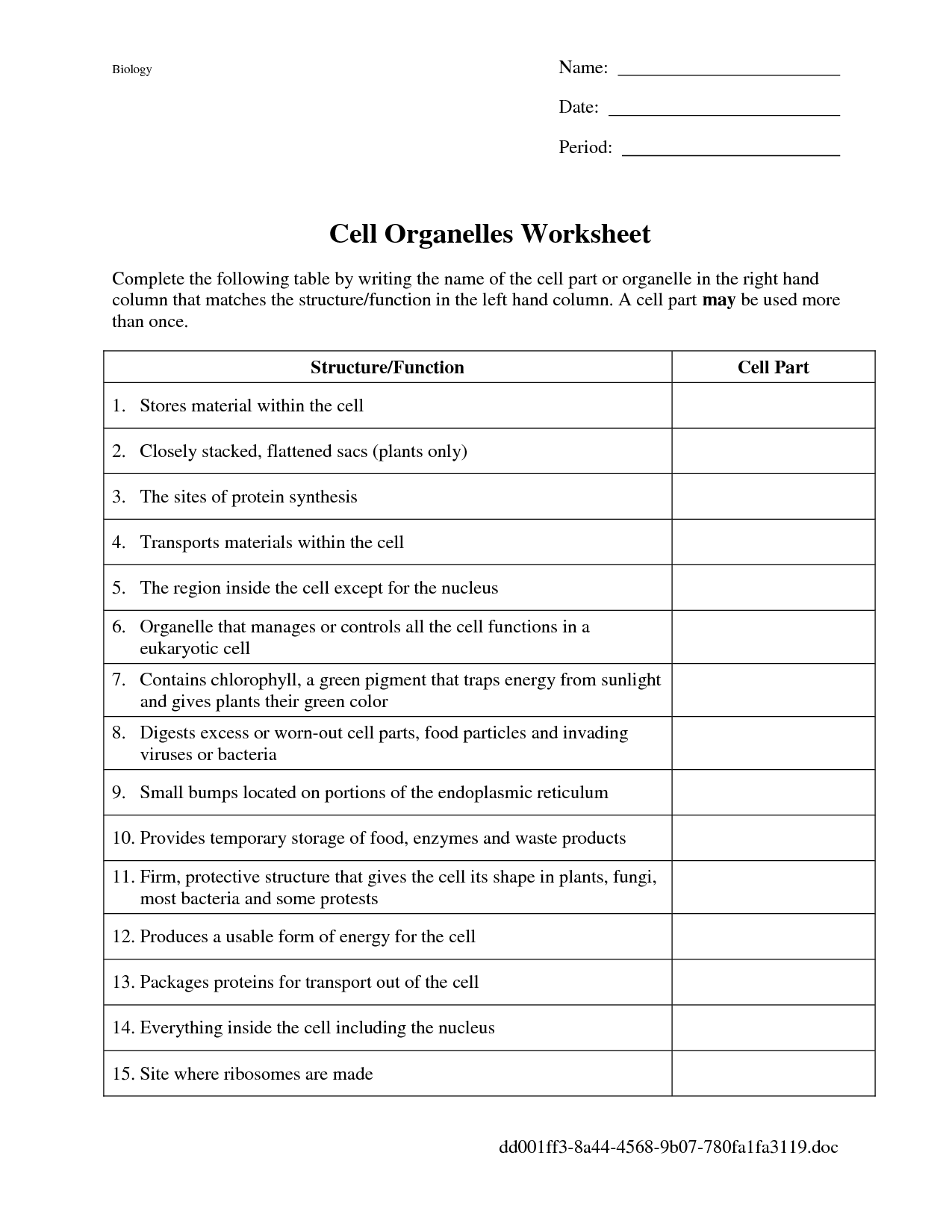



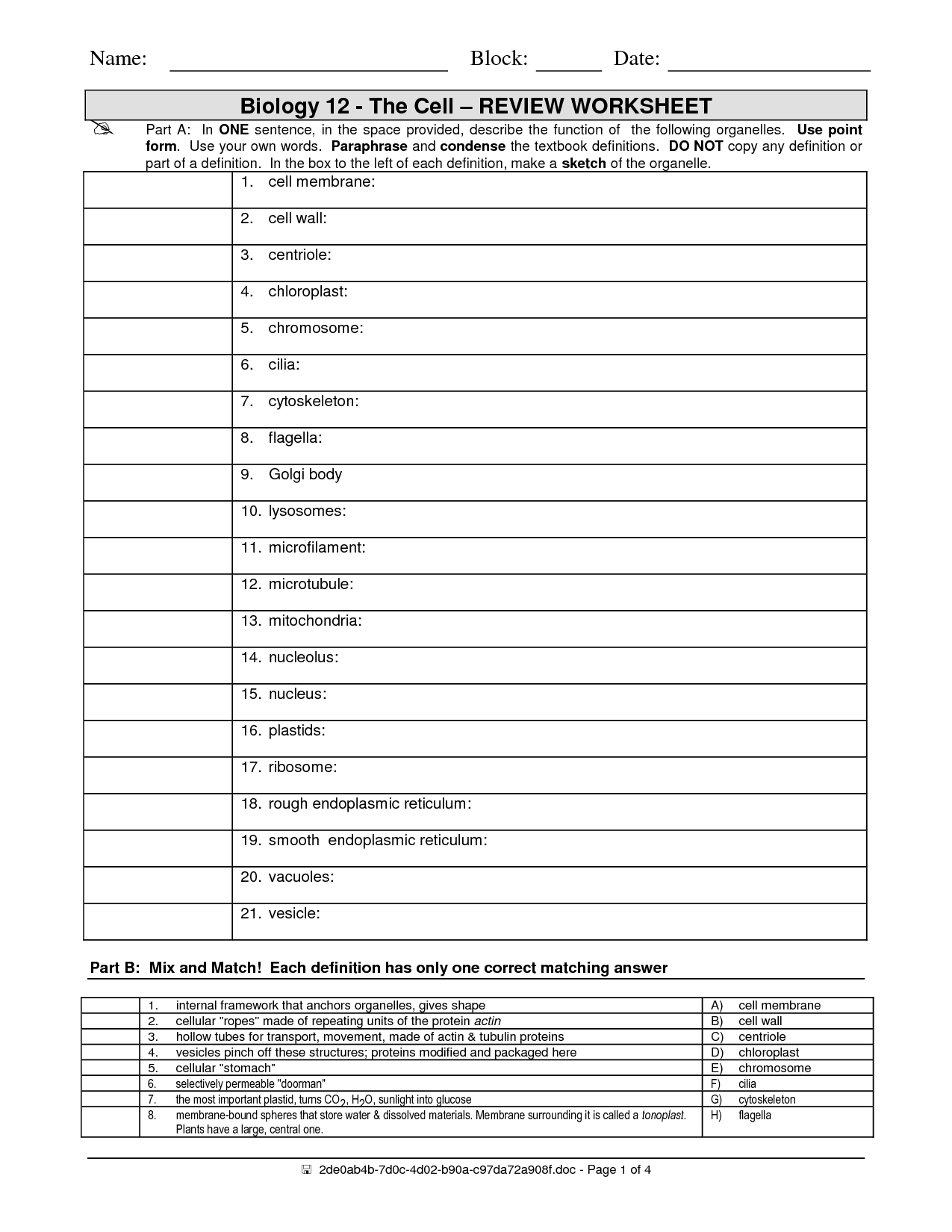
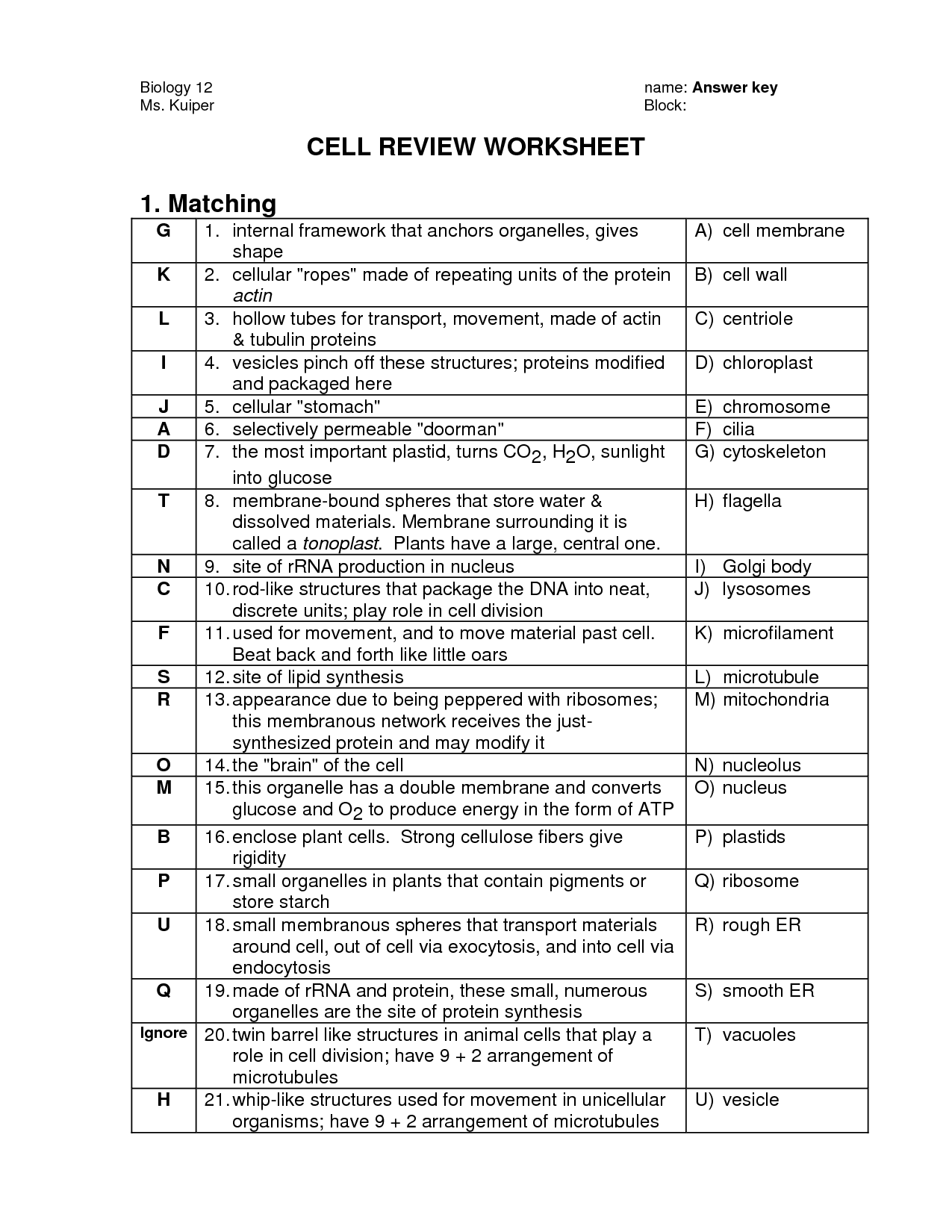
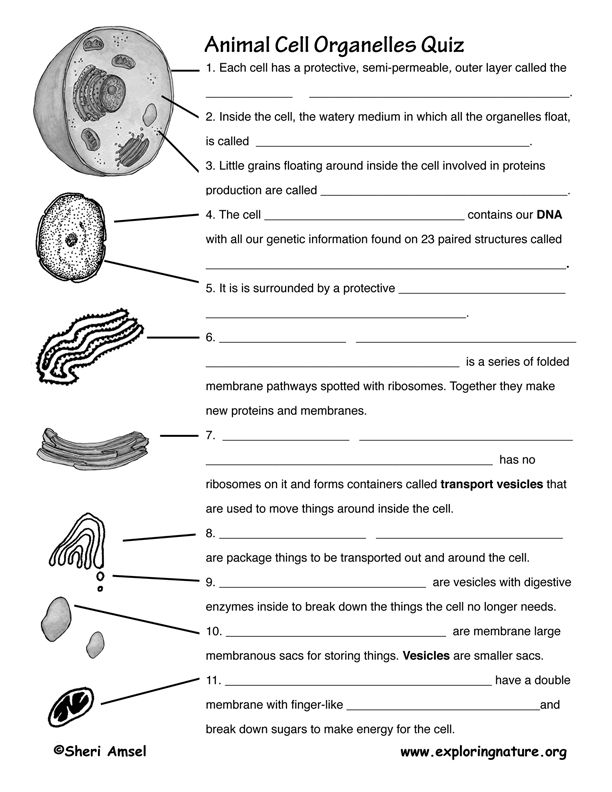
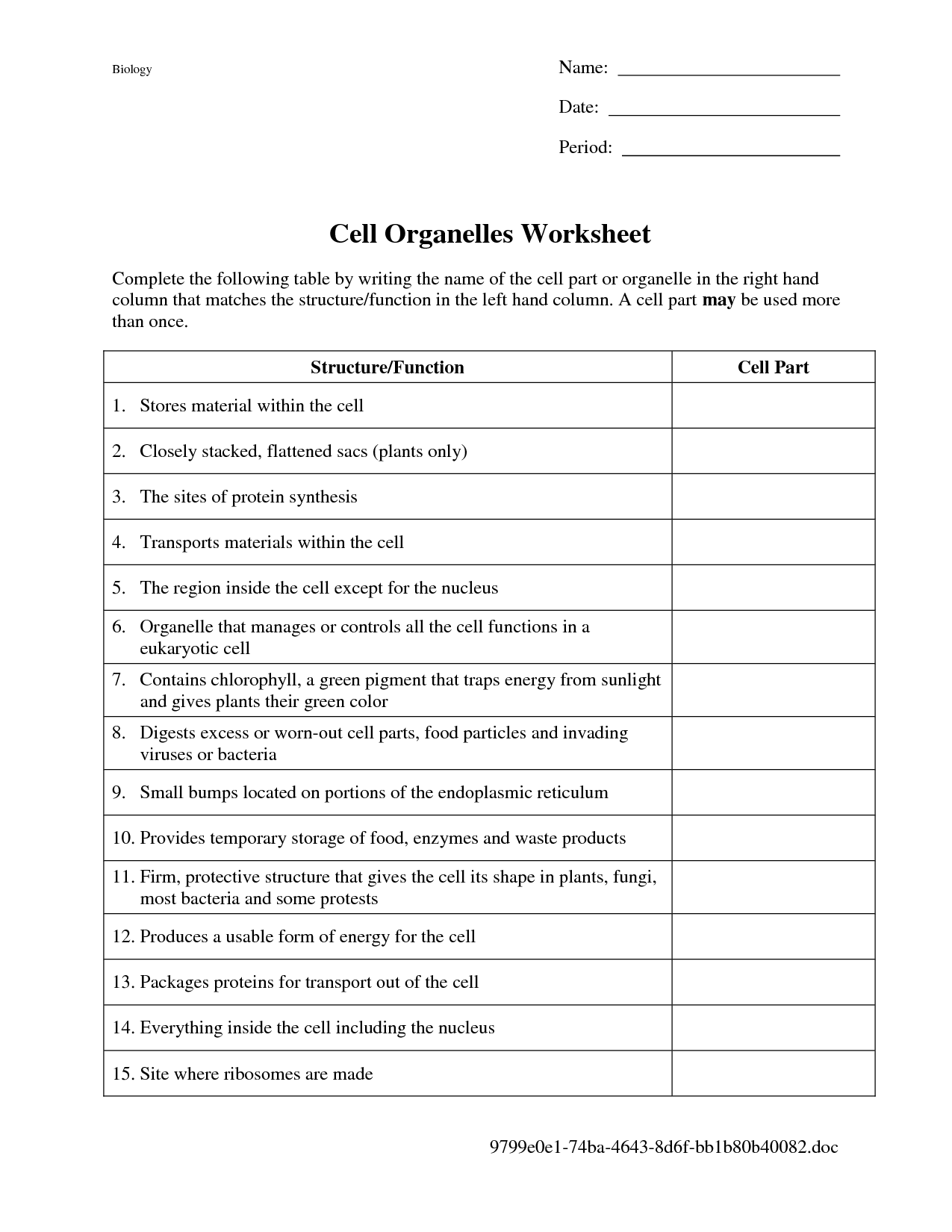
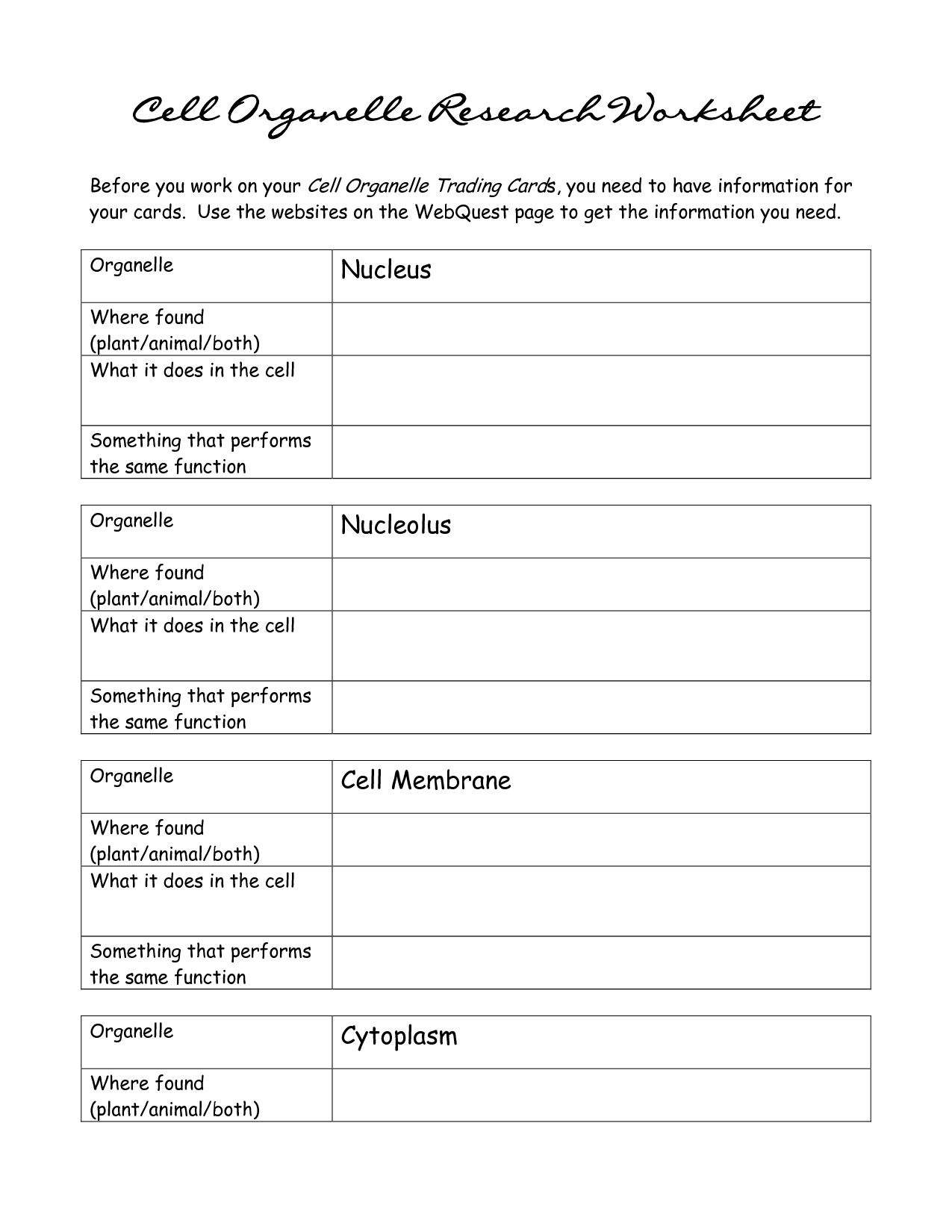
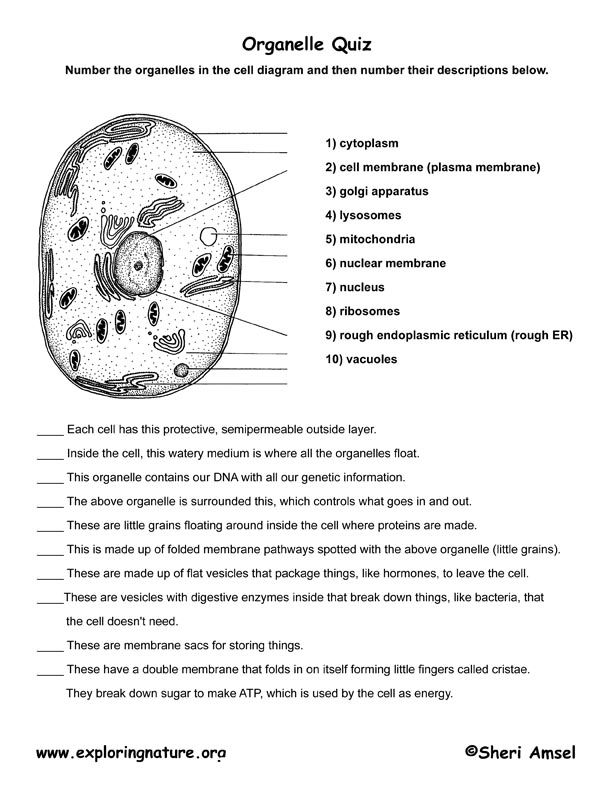
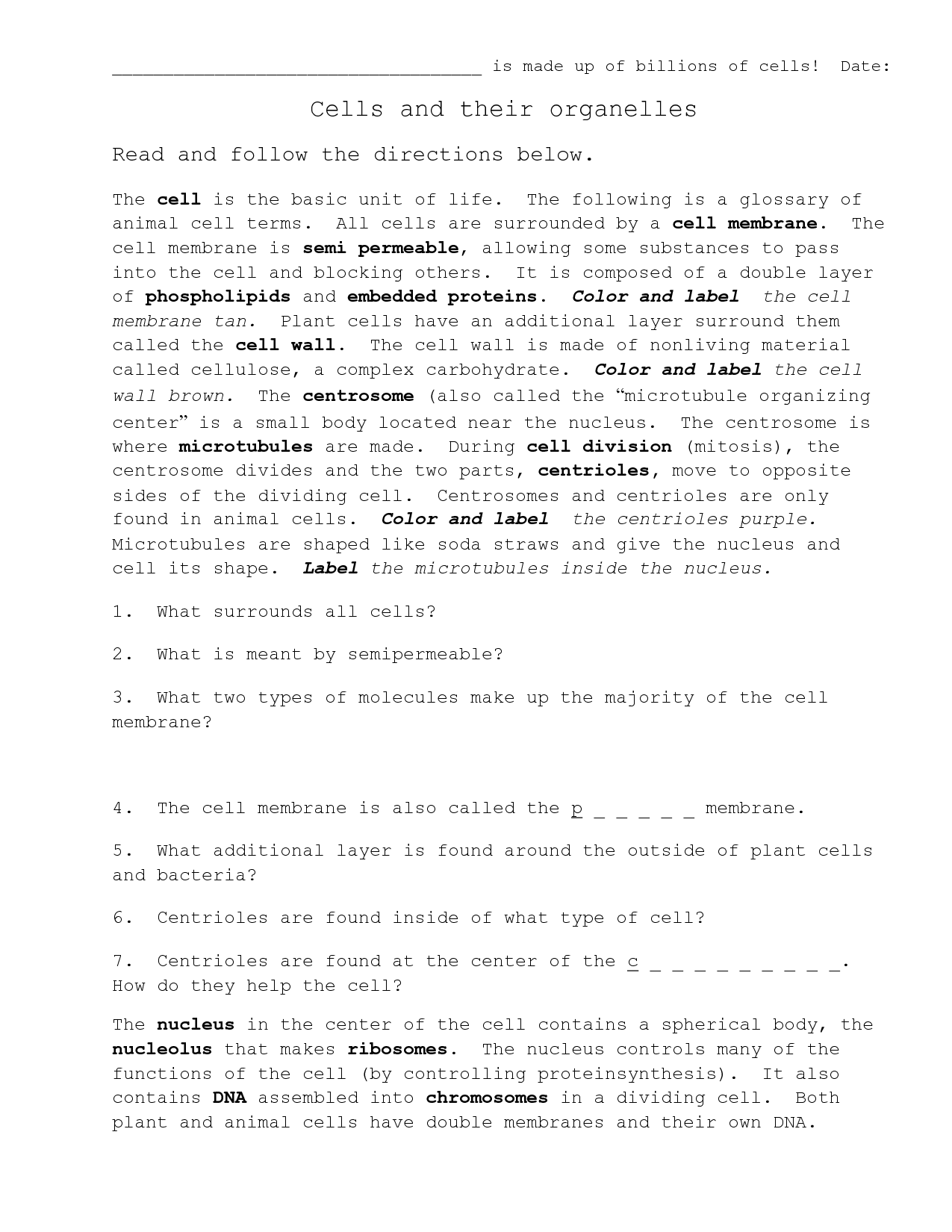
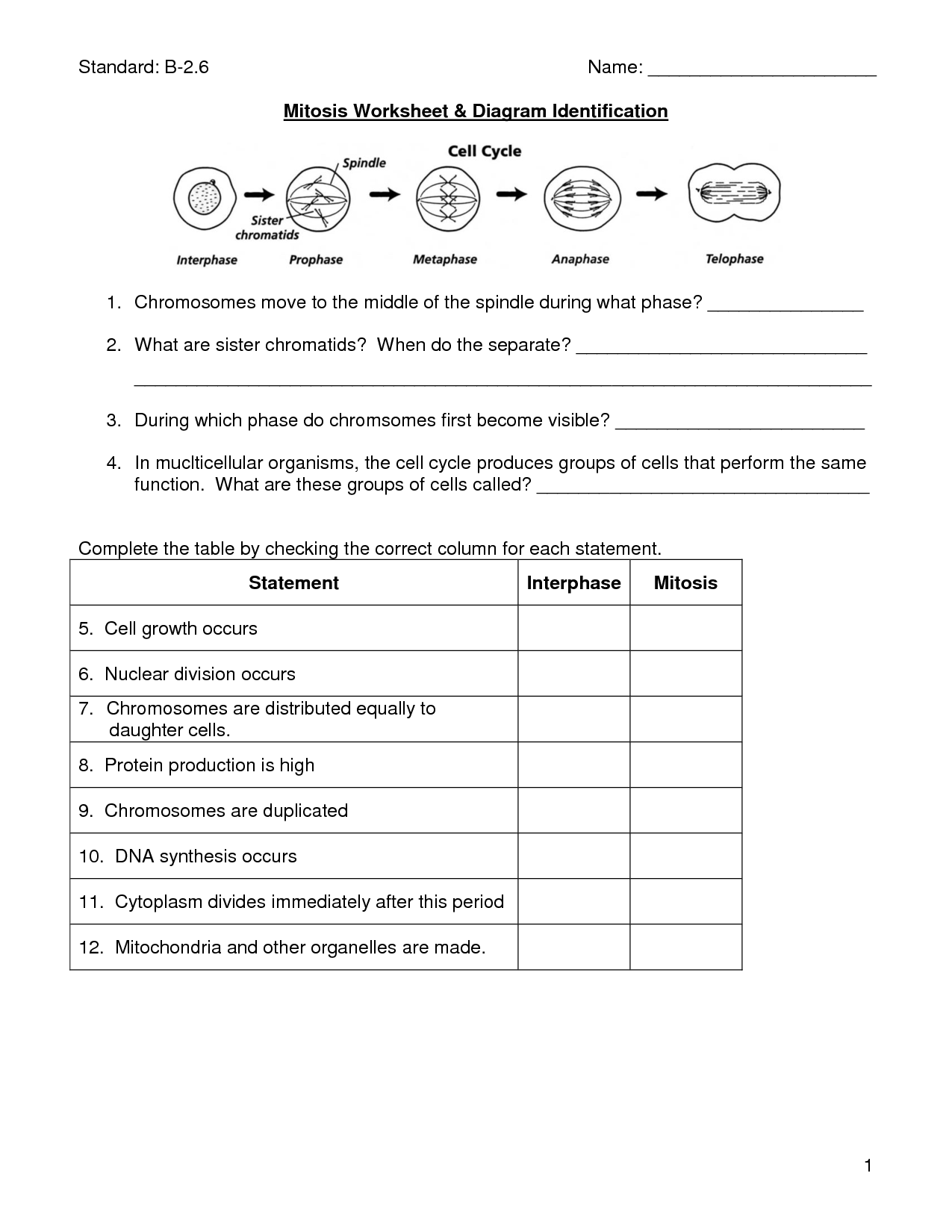
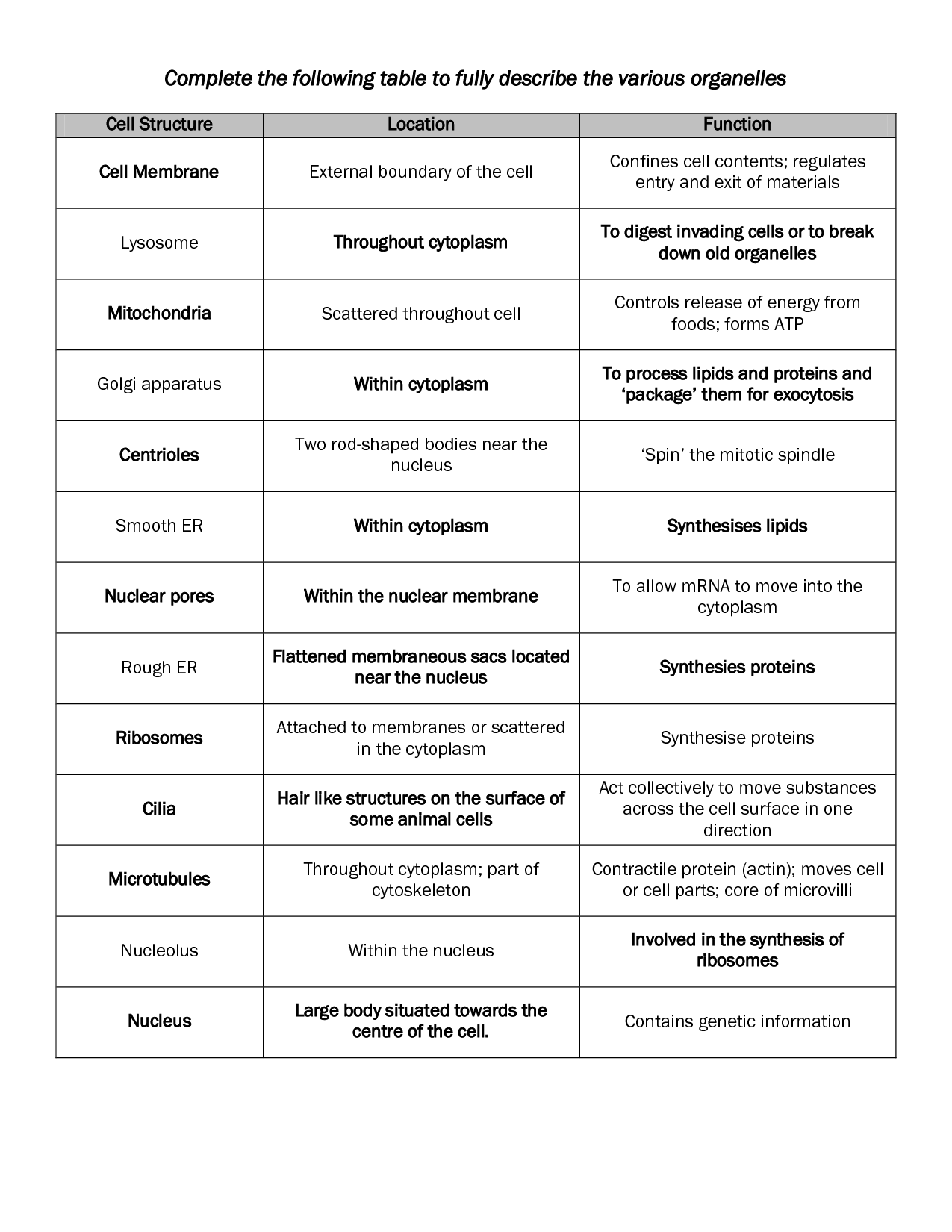
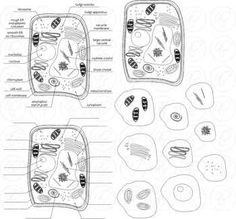
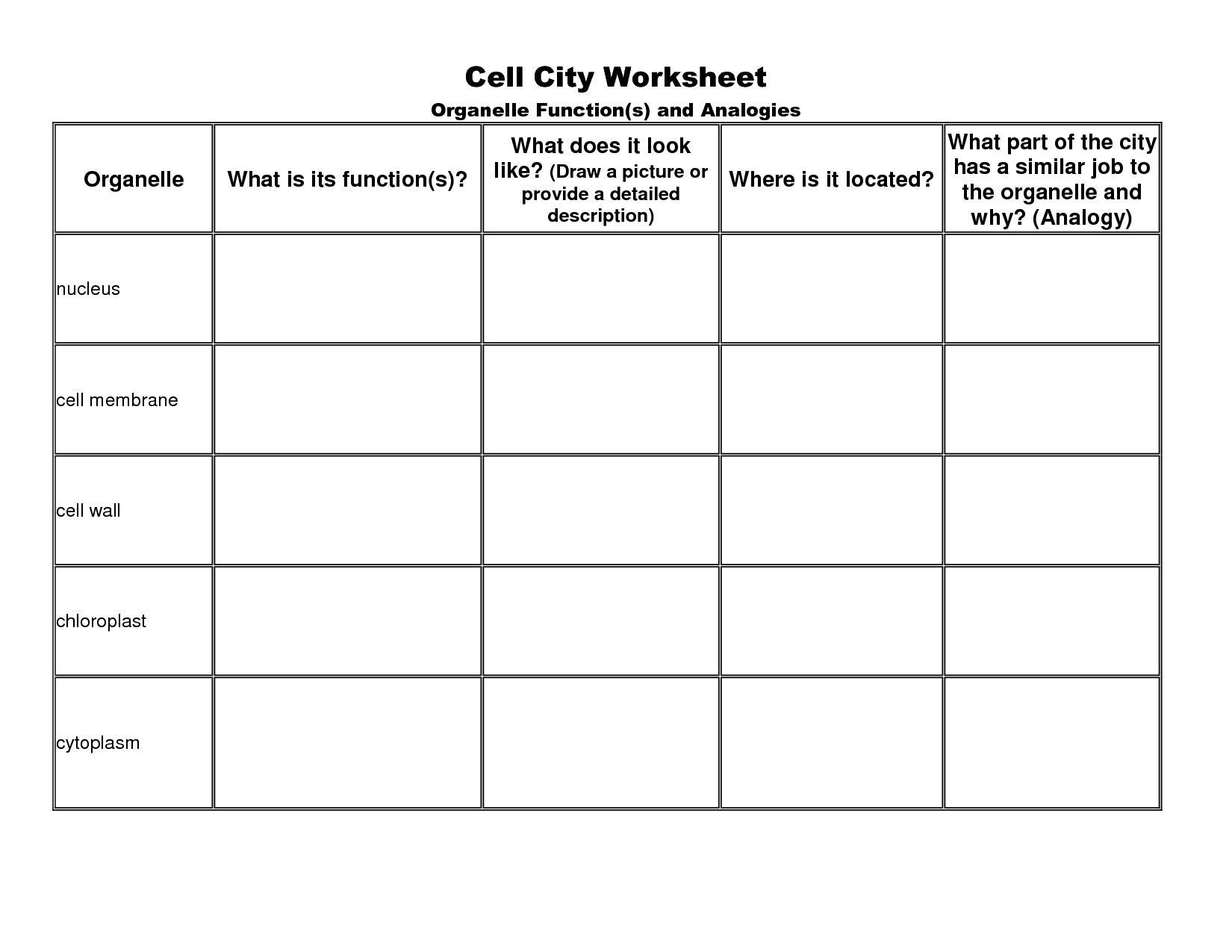
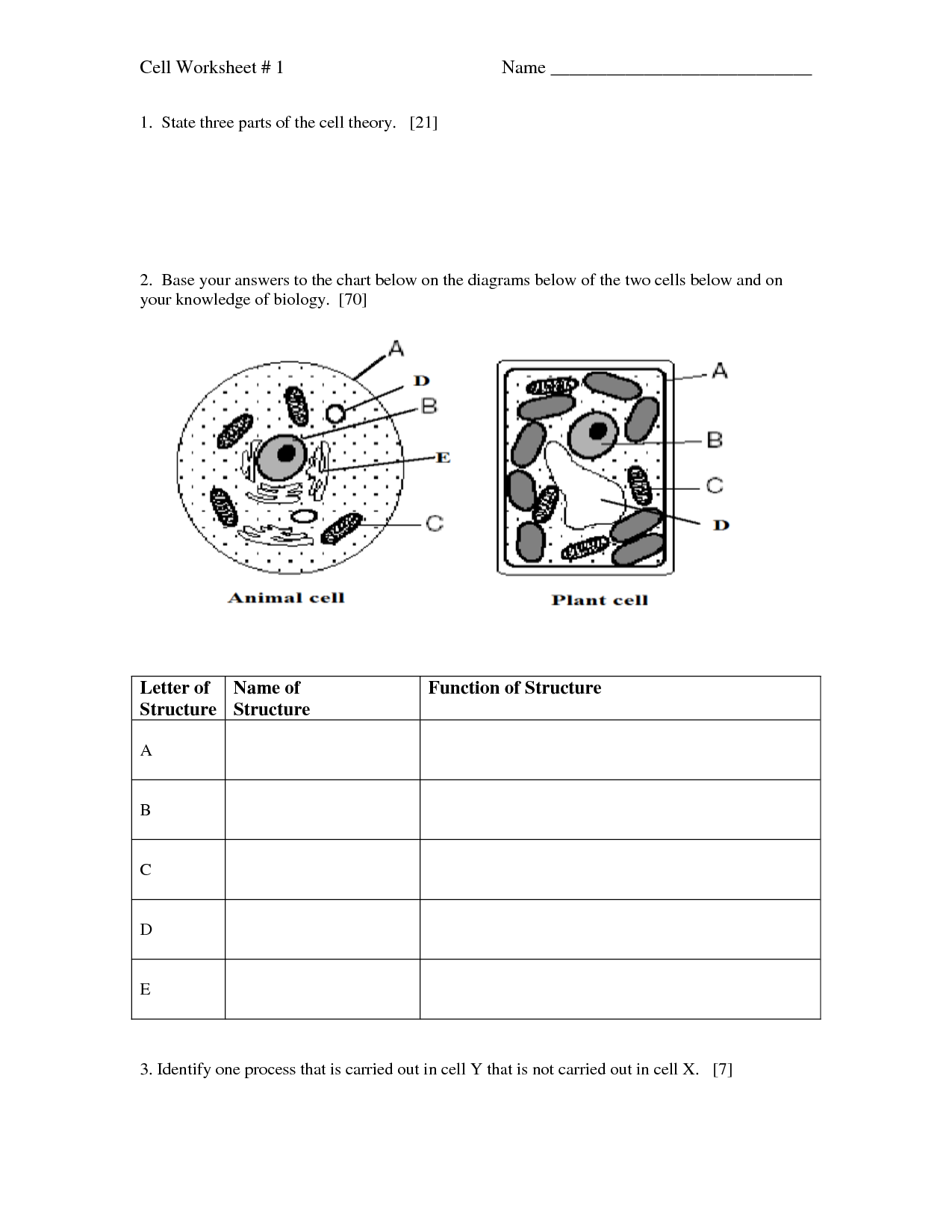
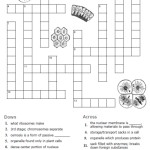
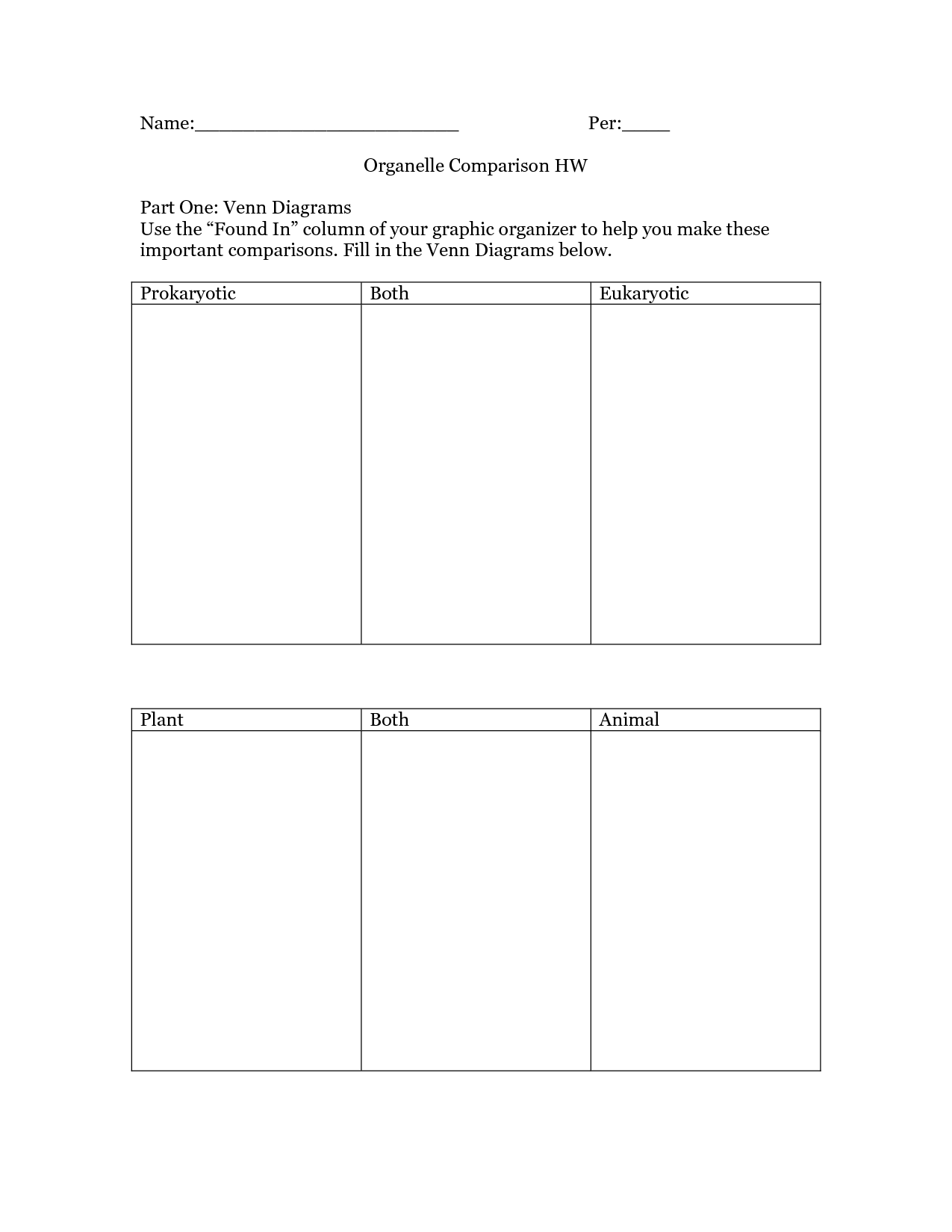














Comments